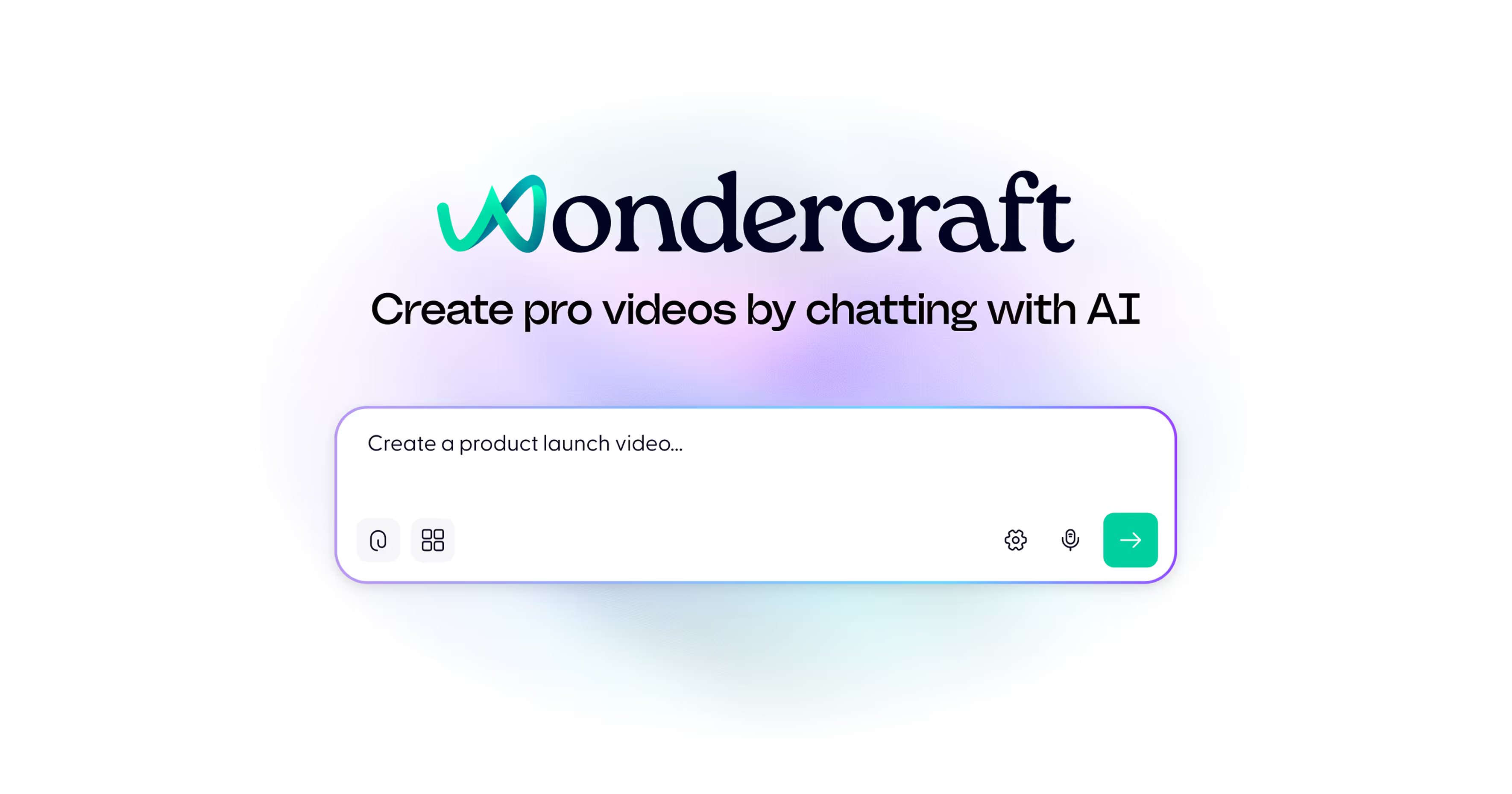The internet has a new identity problem. Literally.
As AI models get better at cloning voices, generating faces, and animating humans that never existed, a new question keeps surfacing — who actually owns what you create?
It’s not just a legal issue. It’s a creative one.
Because ownership is what defines authorship, and authorship is what gives creativity value.
The illusion of “your” AI voice
When you generate a voice with AI — whether it sounds like you, Morgan Freeman, or a complete original — you’re really standing on the shoulders of training data.
Most text-to-speech models (like ElevenLabs, Gemini-TTS, or Cartesia Sonic-3) are trained on a mix of licensed data, public domain material, and synthetic audio.
So when you hit “generate,” you’re not creating from scratch — you’re remixing patterns learned from millions of human performances.
Legally, that means:
- You own the output you create (in most cases, for commercial use),
- But you don’t own the model or the underlying voice design.
Even when you clone your own voice, you’re usually just licensing the model that re-creates it. The output might be “yours,” but the capability remains the platform’s.
It’s like using a camera — you own the photo, but not the lens.
Faces are even trickier
If voice is complex, faces are chaos.
Models like OmniHuman-1.5, Reve Image, or VEED Fabric 1.0 can generate faces from scratch or bring existing ones to life. The problem?
AI doesn’t care whether that face resembles a real person.
A single diffusion model might have seen millions of photos of human faces during training, which means the “fictional” person you just generated could share features with someone real — unintentionally.
That’s why some AI studios are now moving toward synthetic datasets — training only on fully artificial humans to guarantee clean IP.
It’s also why Wondercraft runs a controlled integration environment — we connect to top models (Reve, OmniHuman, Fabric, etc.) but clearly track which ones are safe for commercial and branded use, and which are still in experimental territory.
The emerging legal lines
Lawmakers are trying to catch up — but it’s messy.
In the U.S., the Copyright Office has ruled that AI-generated content without “substantial human authorship” cannot be copyrighted.
But if you direct, edit, or compose with clear creative input — as you do inside Wondercraft Studio — you can claim authorship.
In Europe, things are moving faster. The upcoming AI Act introduces transparency requirements for synthetic media, meaning creators may have to disclose when content includes AI-generated people or voices.
Meanwhile, platforms like Meta, TikTok, and YouTube have begun requiring creators to label AI-altered media — not to stop it, but to make accountability traceable.
A creative middle ground
The truth is, this debate isn’t about stopping AI creation — it’s about drawing responsible boundaries.
At Wondercraft, we’ve always believed that AI should be a creative partner, not a silent collaborator.
That’s why:
- Every asset you generate in Wondercraft Studio — whether voice, video, or animation — comes with clear usage rights and commercial-safe outputs.
- You can clone your own voice safely with consented data.
- And you can generate synthetic avatars without scraping real faces.
You own what you make.
You stay in control of what represents you.
Why it matters for brands and creators
As AI faces and voices enter marketing, education, and entertainment, authenticity becomes the new currency.
Brands that can prove how their content was made — and who owns it — will win trust in an increasingly synthetic internet.
Wondercraft makes that transparency part of the process. Every video, voice, or campaign you create comes with full traceability of models used, licensing status, and voice origin.
Because in a world full of AI clones, your originality is your most valuable asset.
Start your next AI video in Wondercraft Studio — where creativity and ownership finally coexist.











